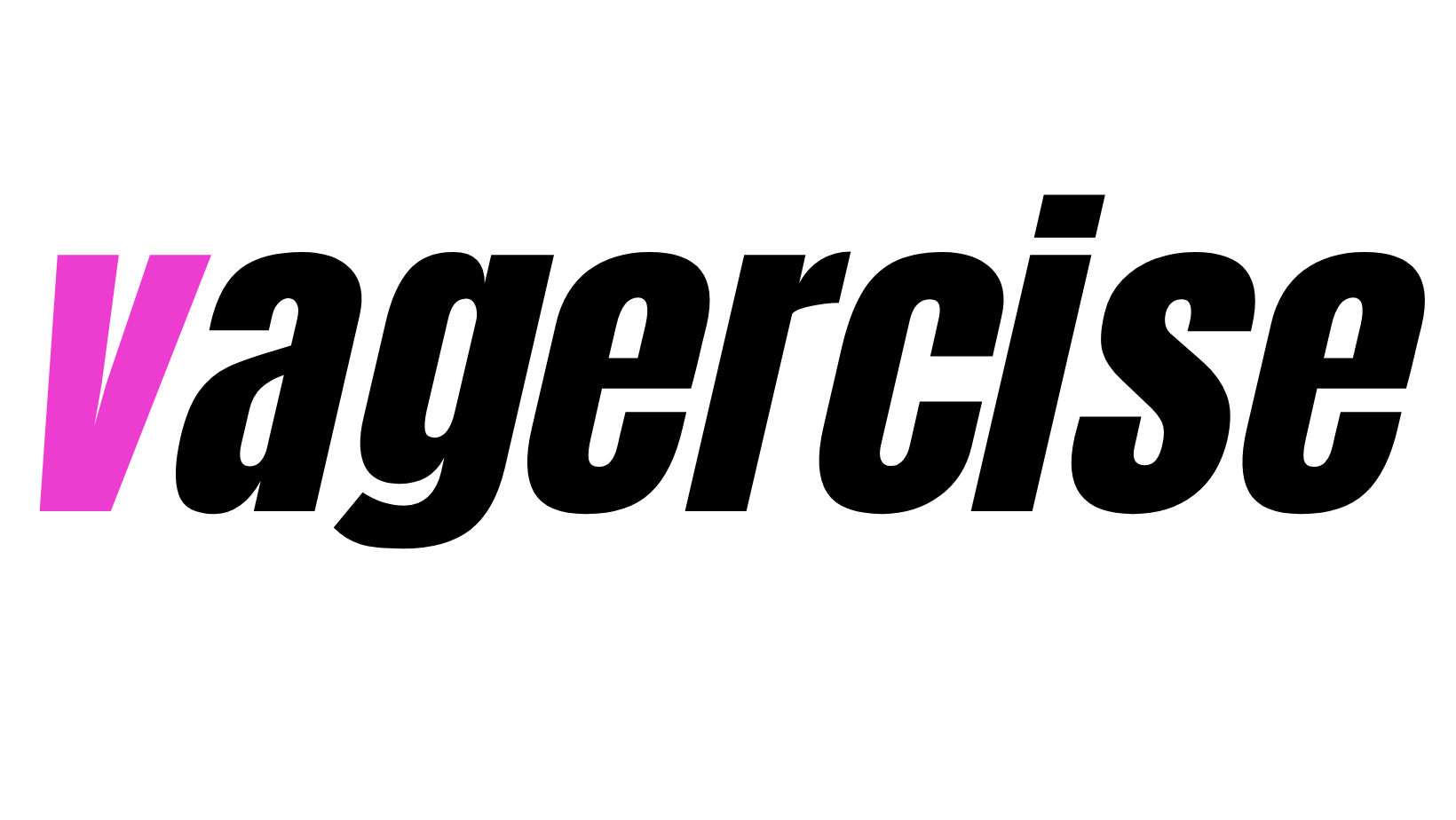If you had a baby, you need to rebuild core strength—and not just because you want a flatter stomach.
When you were pregnant, your baby pushed up on your diaphragm, down on your pelvic floor and out on your ab muscles.
As a result, those muscles became stretched, imbalanced and underactive, and they couldn’t support your pelvis and spine the way they used to.
A weak or dysfunctional core is the root of many pelvic floor problems, including diastasis recti, bladder leaks, and pain in your low back and hips.
Vagercise can help you restore your core, with more than 65 on-demand exercise and educational classes taught by pelvic floor physical therapists.
In our Core Strength series, a PT will guide you through workouts that activate your deep core—the muscles that can make the biggest impact on your pelvic floor recovery.
You'll learn how to engage your transversus abdominis, or TA, the deepest core muscle that extends from your ribs to your pelvis, wrapping around your sides like a corset.
Your pelvic floor is at its strongest and most functional when it’s working with your TA.
Not only does the TA play a key role in supporting your low back, it contracts at the same time as your pelvic floor muscles.
It can be challenging to work muscles you can't see. In Vagercise educational classes, we'll walk you through the correct way to engage your deep core and pelvic floor without making common mistakes like clenching or bearing down with your muscles.
And we'll explain how core strength is essential to everything you do, affecting your breathing, posture and movements.
By learning the proper core activation techniques, you'll be ready for every exercise—and your everyday life.




